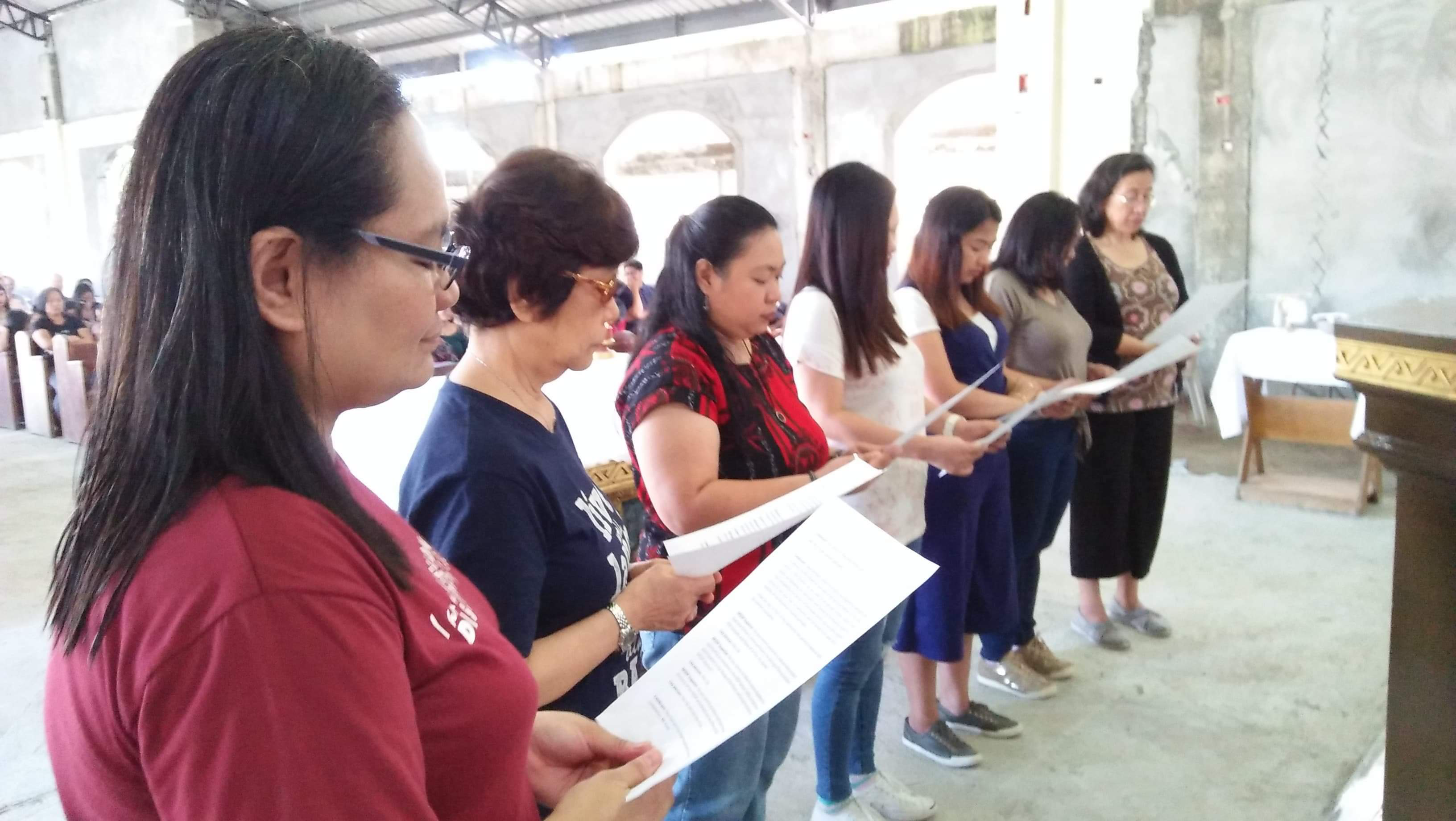
In the beginning of the 20th Century, Joseph De Piro, founded the MSSP, then known as ‘Society of Saint Paul.’ This was part of a bigger dream. His main desire was not to start a religious congregation with a missionary vision, but to reach out, by whatever means, to those peoples who needed support or initiation in the faith. Coming from the small island of Malta, that looks to St. Paul as the father of the Christian faith (Acts 27-28), De Piro was inspired by the words: “Give unto others what St. Paul gave to us!”
Joseph De Piro practiced this through the continual giving up of himself for others, especially those on the fringe of society. Imbued with this powerful desire to reach out to those in need, he encouraged others to leave their own security and to live with those on the periphery. In accordance with the missionary understanding of the contemporary Church, De Piro gathered around him a community of men, keen to follow his inspiration, and live as lay and ordained religious missionaries. The founder knew that this endeavour required the support of the local Christian faithful. He therefore engaged the members of his family, friends and benefactors to back this fledgling missionary congregation.
More than a century later, inspired by the new outlook on the Church brought about by the Second Vatican Ecumenical Council, today we are aware that the charism handed down to us by Joseph De Piro is much bigger than the membership of this missionary society. Through their Baptism, all Christians are called to mission. Though this has been the teaching of the Church for many centuries, in practice, few members of the Church felt empowered to work side by side with the missionary clergy and the members of consecrated life.
In the various ministries of our missionary society, many collaborators have been asking us how they too can participate in the missionary charism that inspires us. For a long period of time we resorted to the old model of finding work for them to carry out, mostly supporting the work of the religious. Eventually we realised that ministry does not define our spirituality, but is only an expression of it. Then we were faced with a twofold question:
Is the charism of Joseph De Piro bigger than his missionary society?
And, if so, what is it? How can other Christians: married and single, young and aged, working and retired, also share in this charism?
In order to answer these questions, during my recent canonical visit to all our religious communities, we placed formation as a priority. During the 2018 General Chapter, we committed ourselves to study and help develop our missionary charism together with our lay associates. We have been sharing our missionary charism with those around us for a number of years, but we have not always been aware of where this was leading us. Today, both religious and associates have achieved some clarity. We both need to understand the need for further formation and exploration.
As we continue to live this missionary charism, we need to explore and better understand:
Who was Joseph De Piro and what was particular in his missionary spirituality?
How does our contemporary Church understand the baptismal vocation of all the faithful, without any prejudice or discrimination?
How are we all called to evangelise today?
These are not easy questions to answer; they are not simply an historical reflection, but a dynamic process rooted in the everchanging reality of contemporary culture/s. One thing is certain, during this process of formation, both religious and associates are being enriched. We are all learning how to be more committed in our faith, and the various ways of putting it into practice. There are a number of married couples and single lay associates who are committing themselves within a faith community and ministering to others outside their group. There are people who, retaining their status as non-religious, have consecrated themselves to God, and are living as missionaries in their workplace and beyond. Attempts are also being made to start a female religious congregation inspired by the charism of Joseph De Piro.
We are at a charismatic stage in this journey. We are grateful to the Holy Spirit who is inspiring so many of our lay brothers and sisters, and showing us that God’s call is infinitely bigger than we can understand. As I visit our communities, in answer to the question: “What next?” my answer is “Let us not create structures that suffocate these emerging ways of living the missionary charism.” I am sure that, in time, all missionaries, religious and associates, will discover ways how to bring it all together and provide appropriate structures so that this missionary charism can be handed down to future generations, following the dream of the founder.
Let us open new doors and continue to explore our renewed and emerging missionary identity.
Blessings,
Fr Mark Grima mssp
Superior General